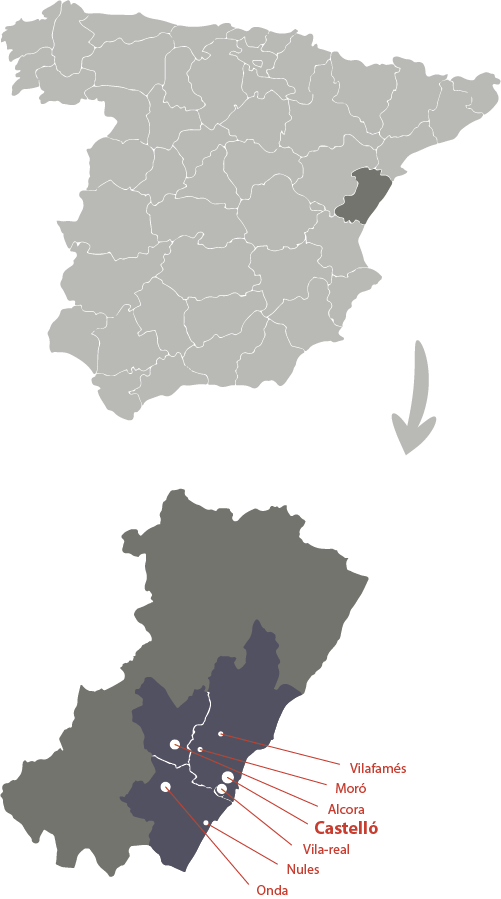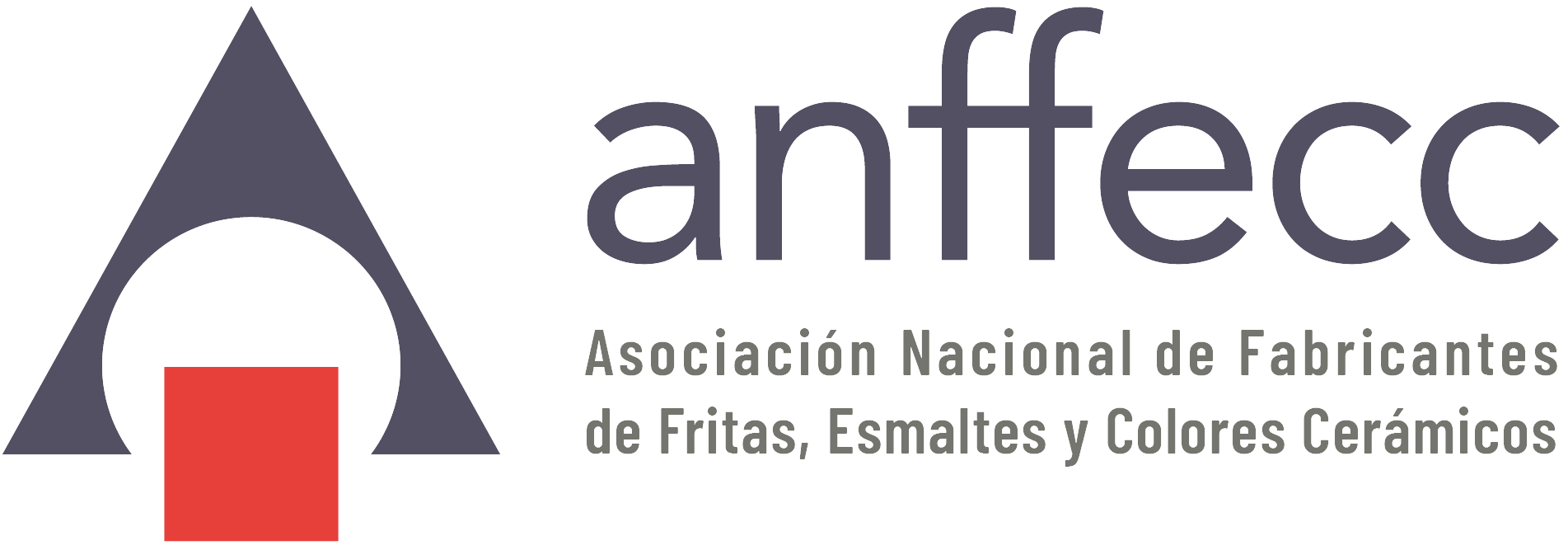Castellón is the Spanish province with the greatest weight of industry in its economy. With 36.6% of its GDP coming from industrial activity, the Castellón ceramics cluster stands out as a world leader in industrial clusters and is internationally known as the "Silicon Valley" of ceramics.
This cluster brings together the activities of the tile, frits, glazes and ceramic pigments, and machinery industries, as well as numerous auxiliary industries.
All the innovation that is developed around the production of ceramic tiles, and that subsequently expands to the ceramic industry in the rest of the world comes from the Castellón ceramics cluster. It is a ground-breaking cluster in a unique symbiosis brought about by the special closeness among the companies that make it up, and by the joint work among tile, pigment, and machinery companies to continue being pioneers and developing innovation in terms of both technical and aesthetic trends.
The turnover of the cluster as a whole in 2024 exceeded 6.52 billion euros, of which 4.48 billion went to exports, while the remaining 2.04 billion went to the domestic market.
In terms of direct employment, the cluster as a whole employed 21,413 people directly in 2024, of which ANFFECC employs 18.6%.
Alongside the industry, research and innovation institutes have emerged, such as the ITC (Ceramic Technology Institute), Jaume I University, CEEI Castellón (Centre for Innovative Companies), Espaitec (Innovation and Research Space), the ports of Castellón and Valencia—the main export route for our products—, and numerous other auxiliary industries like transport, distribution, hospitality, commerce, and services, which revolve around the ceramic industry.




